Il Giardino dei Tarocchi [The Tarot Garden]Niki de Saint Phalle (1930 - 2002)
Extant
Str. Garavicchio, Capalbio, Toscana, 58011, Italy
1978 to 2002
The Tarot Garden is open to the public from April 1 to October 15 from 2:30 to 7:30 p.m. To purchase tickets, click the link below.
About the Artist/Site
Born Catherine-Marie-Agnès Fal de Saint Phalle in Neuilly-sur-Seine, France, Saint Phalle had a difficult childhood, a result of her domineering and abusive mother combined with the economic insecurity brought on by the collapse of her father’s business during the worldwide recession. As a baby she moved with her parents to New York and then Connecticut, and attended Catholic schools, against which she vehemently rebelled. During her later teenage years, she became a fashion model, and at age 18 married Harry Mathews, a friend of her father’s she had first met at age 11. They were married from 1949-1961 and had two children.
Although she had never had any formal training in art, after her divorce she began experimenting, first drawing worldwide attention with her shooting performances (see images photographed by Seymour Rosen HERE), which vaulted her into the orbit of international avant-garde artists. Later she moved into the construction of monumental figures of animals, monsters, and human figures that she called Nanas.
Her most elaborate work was the Tarot Garden, the seed for which was inspired by her first trip to Barcelona in 1955, where she was introduced to the work of Catalan architect Antoni Gaudí. In 1960-61, she traveled to Hauterives, France, with Jean Tinguely – an important Swiss sculptor who would become her second husband – to see the Palais Idéal of Ferdinand Cheval, and, the following year to Los Angeles, where they visited Sabato Rodia’s Watts Towers. Each of these visits solidified her desire to create a sculpture garden of her own.
As the 1960s and ‘70s were a time of great experimentation with new materials – including many industrial materials that had not previously been utilized to create art – Saint Phalle began working with the polyester manufacturer Haligon to produce her monumental sculptures. Yet by 1974 she was hospitalized for a pulmonary abscess resulting from her use of polyester. Traveling to Switzerland to recuperate, she reconnected with her Marella Caracciola Agnelli, who she had known in New York during the 1950s, and, meeting Marella’s brothers, she shared her dream of creating a sculpture garden populated with images from the Tarot. The brothers suggested that she could utilize a portion of their land in Tuscany to site her project, and in 1978 she began laying out her plans for the Garden. She spent most of the next ten years on-site.
The first architectural sculptures were begun in 1980, and, hearkening back to her visit to Gaudí’s Parc Güell so many years earlier, she decided to sheathe the works in ceramics and mirrors. Pierre Marie Lejeune worked with her extensively during this time, and he created numerous works of furniture and other accoutrements for the Garden. Saint Phalle invited dozens of other artists and friends to help, and of course her husband Tinguely also was deeply involved, adding kinetic sculptures and fountains to the site, some of which were motorized. By 1983 she moved into a small apartment built inside of the Empress, a house-sized sculpture located within the garden.
Saint Phalle continued working on the Tarot Garden for almost thirty years, at a cost of some $11 million in 2016 dollars. Having grown to encompass two hectares (almost five acres) and dozens of figurative and architectural sculptures, it opened to the public on May 15, 1998. Among the works are images representing the 22 cards of the Tarot deck, fountains, a tower, courtyards, and many fantastical and monumental figures. Although she had returned to the United States (La Jolla, California) in 1994 for health reasons, she continued thinking about adding new components to the Tarot Garden; as late as 2002 she was planning a maze, and land was cleared and the steel foundational rods were installed. But before it could be finished, on May 21, 2002, she passed away, and, per her wishes, her ashes were scattered on-site. On July 8, 2002, the Region of Tuscany granted official recognition and status to the Foundation that manages the Tarot Garden.
The Tarot Garden is open to the public from April 1 to October 15 from 2:30 to 7:30 p.m. Fees apply for these visits. But, on the first Saturdays of November through March, free access is open to the public from 9 am to 1 pm.
~Jo Farb Hernández, 2018
Contributors
Materials
welded steel, wire mesh, gunite cement, mirrors, ceramic
Map & Site Information
Str. Garavicchio
Capalbio, Toscana, 58011
it
Latitude/Longitude: 42.4246383 / 11.4669822
Nearby Environments


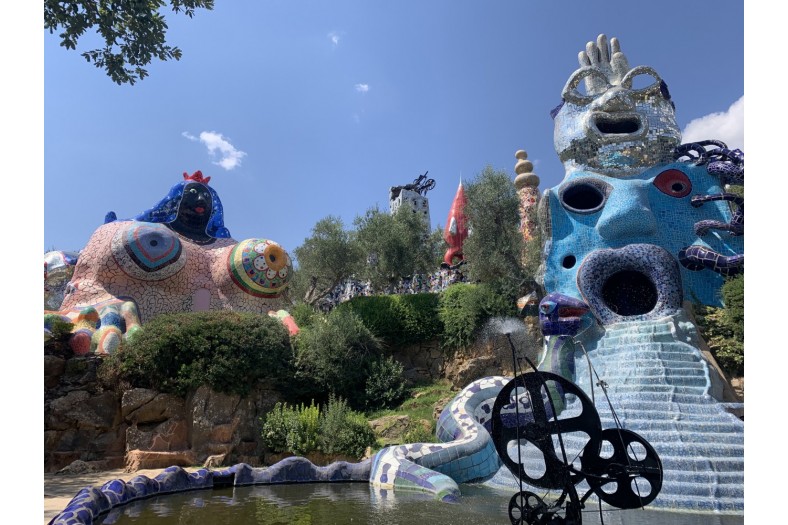
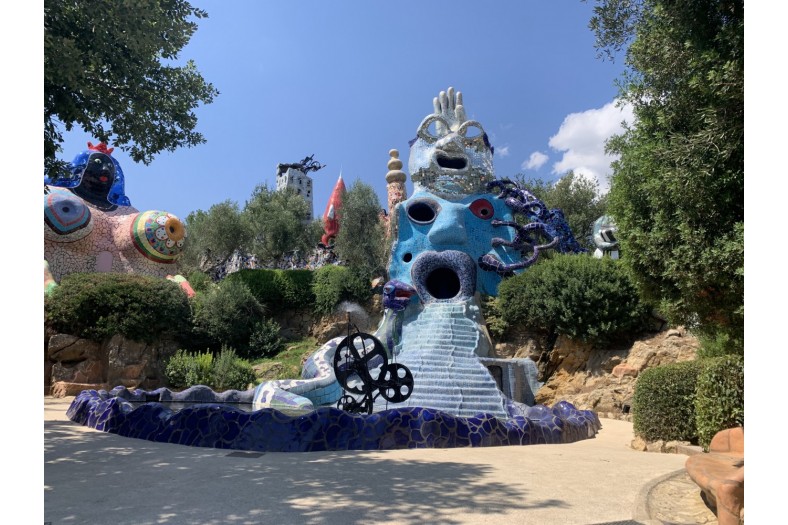
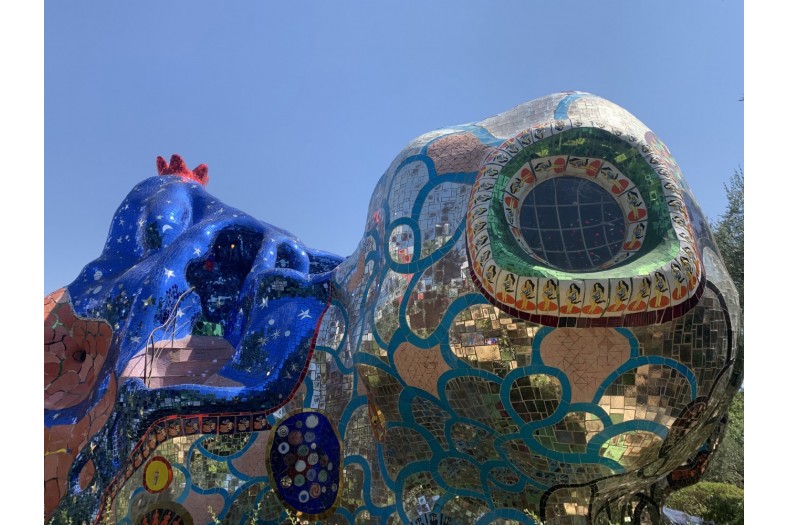
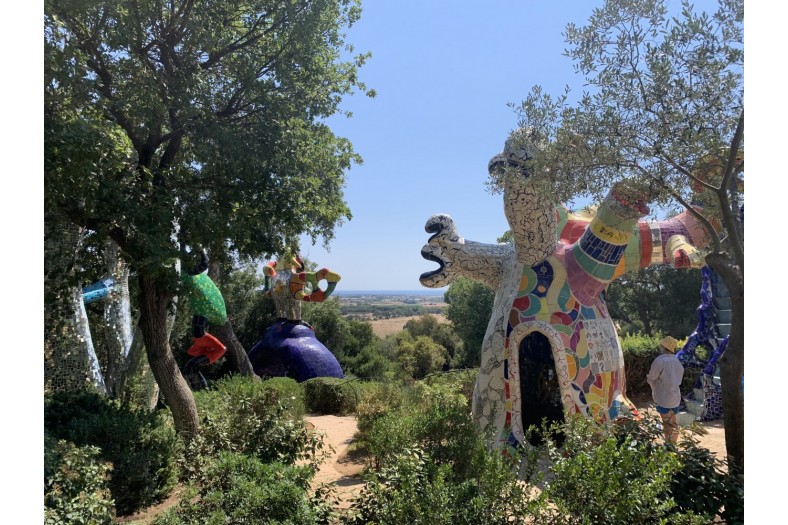
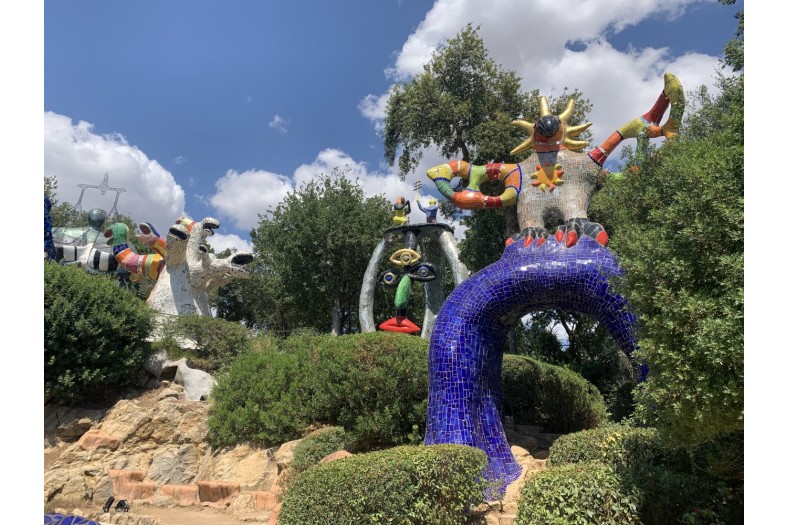
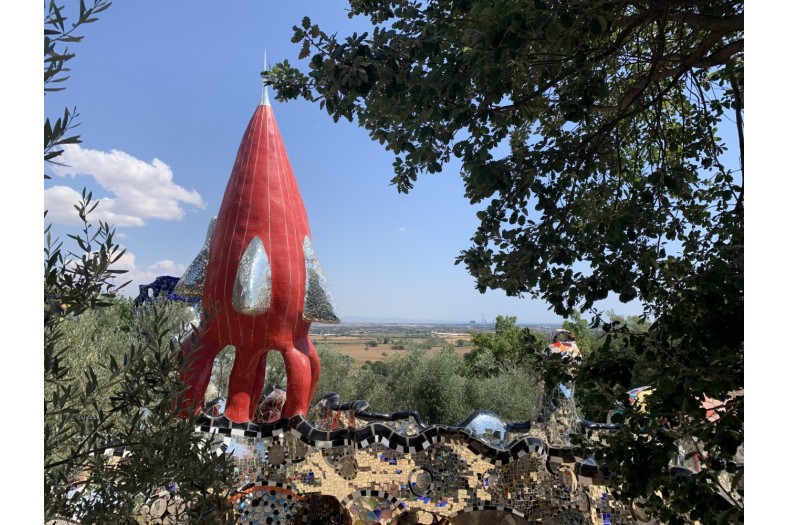

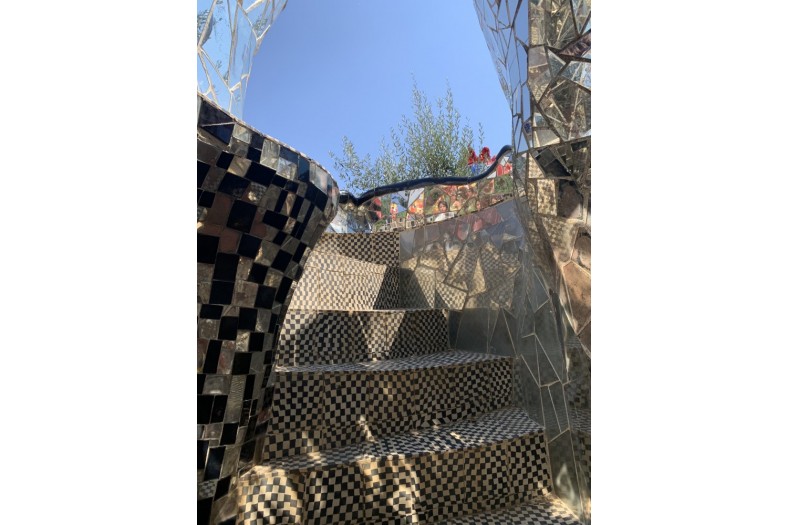
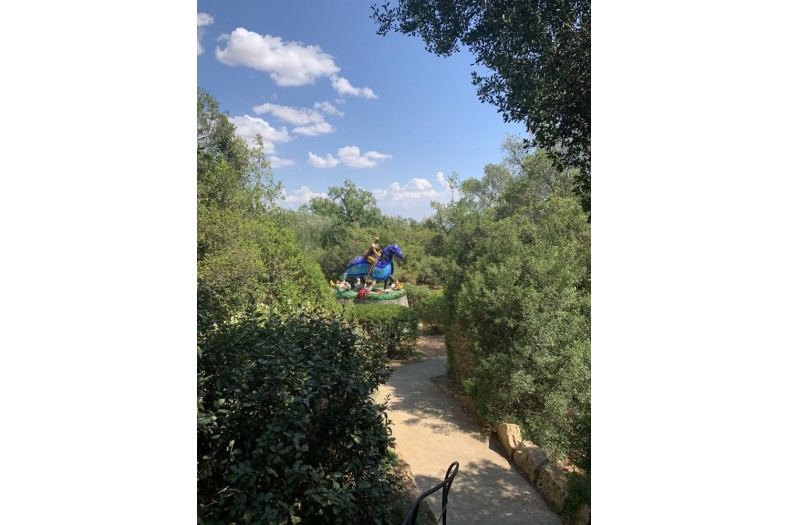
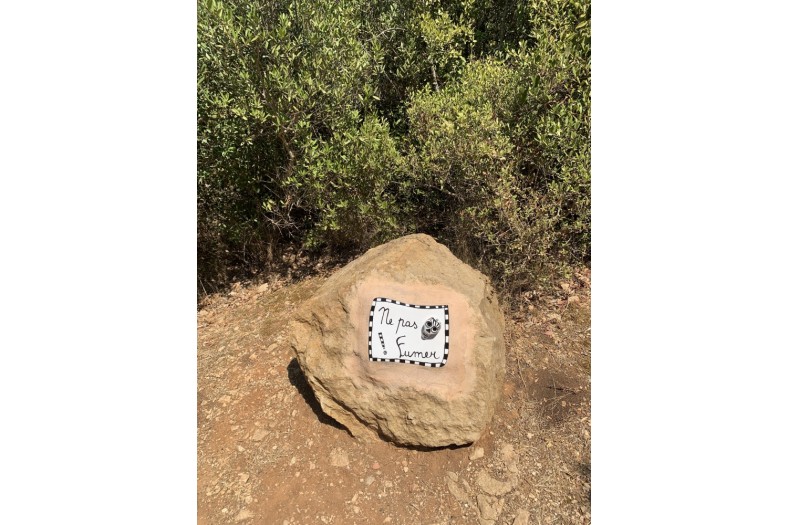
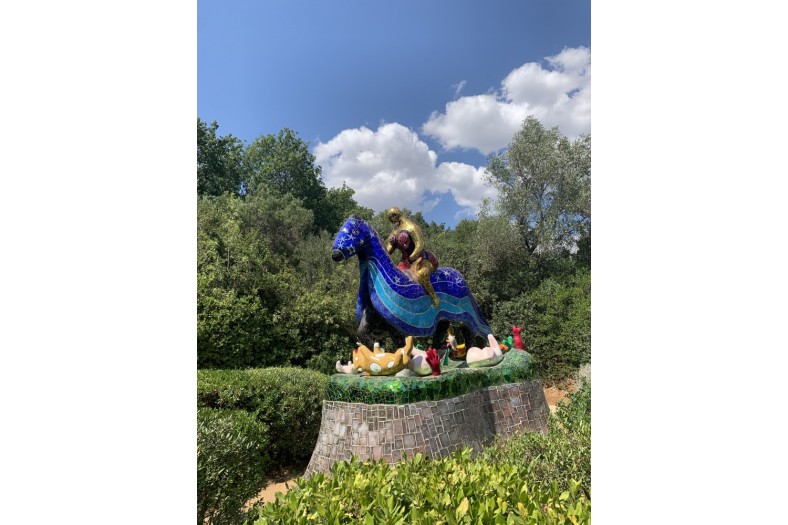
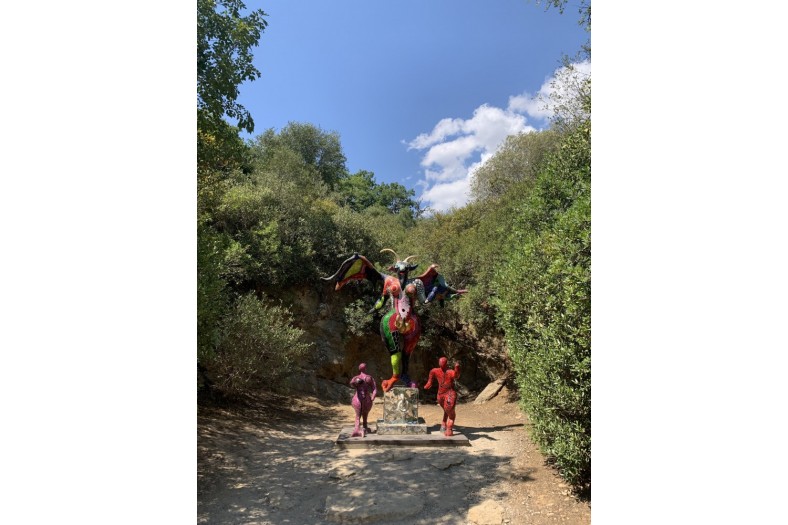
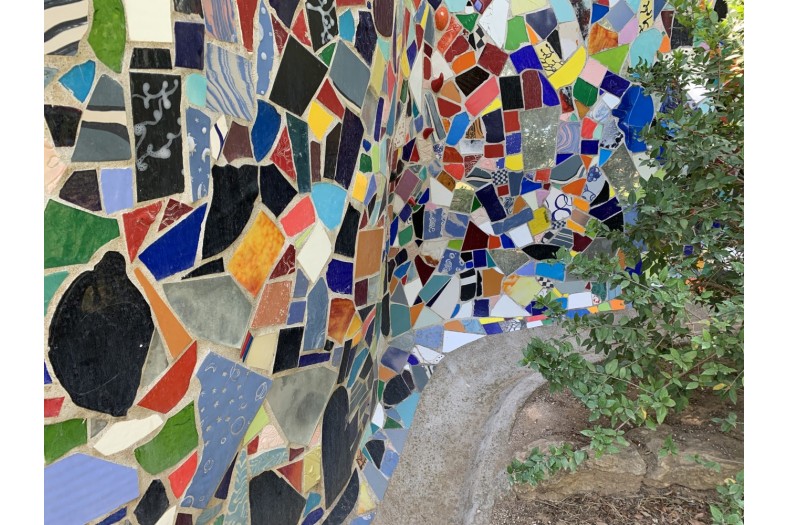
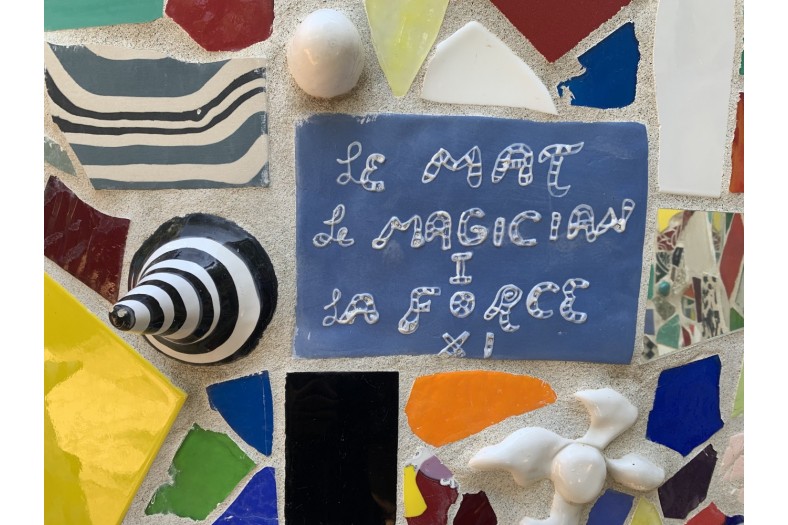
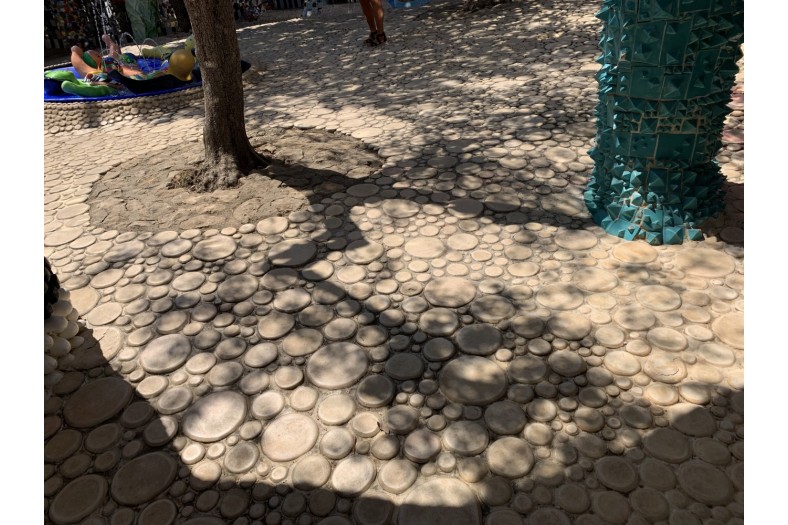
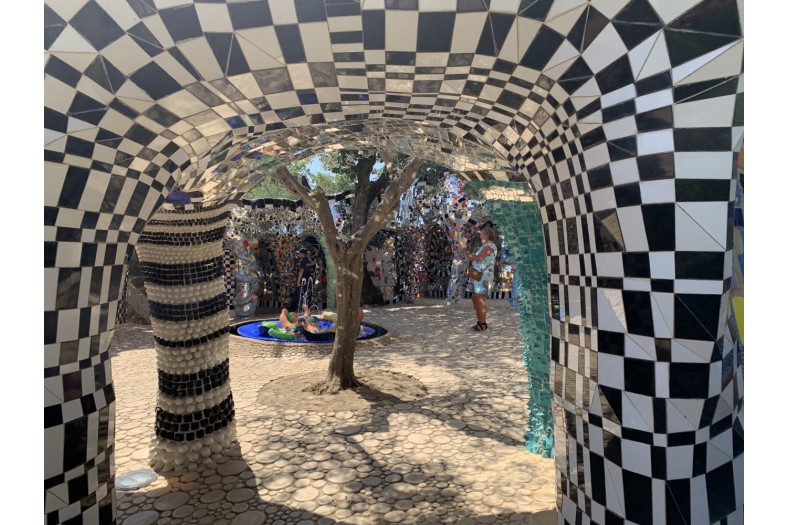
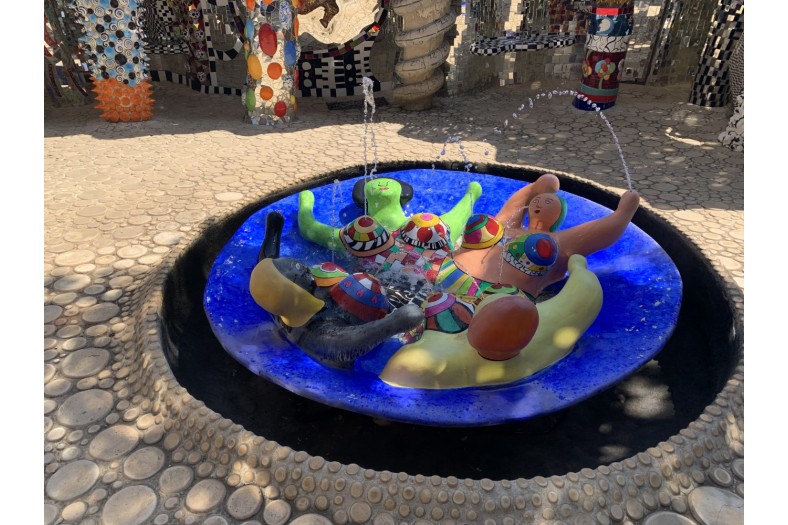
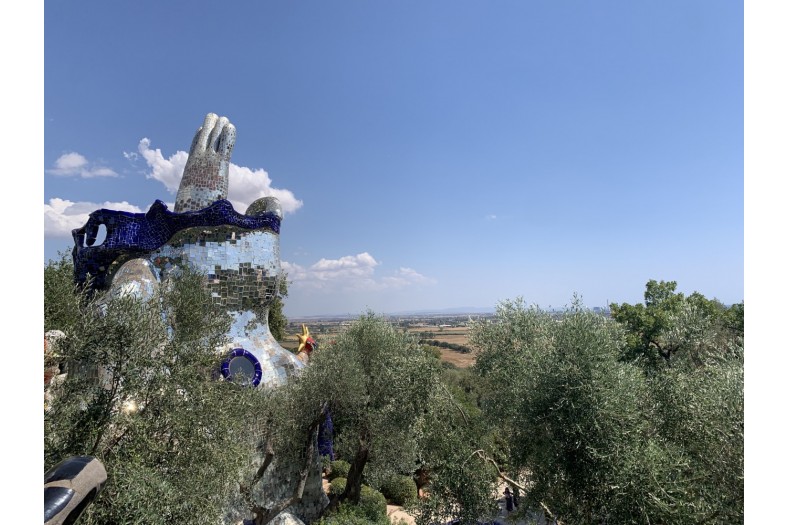
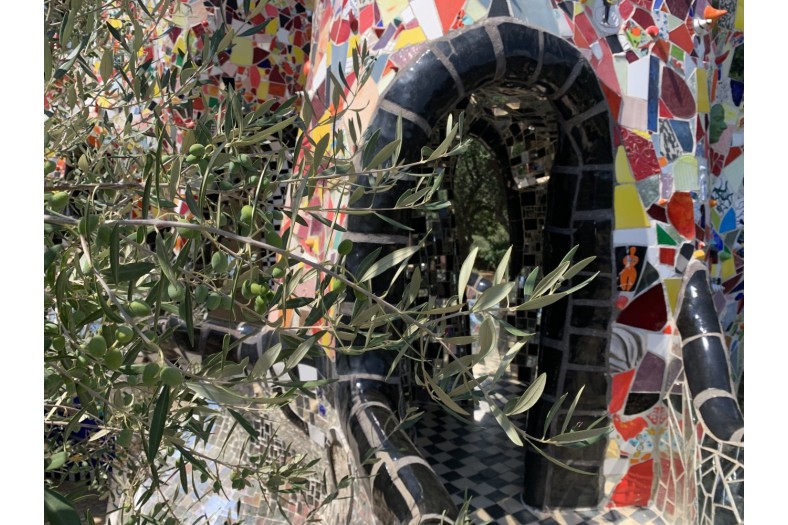
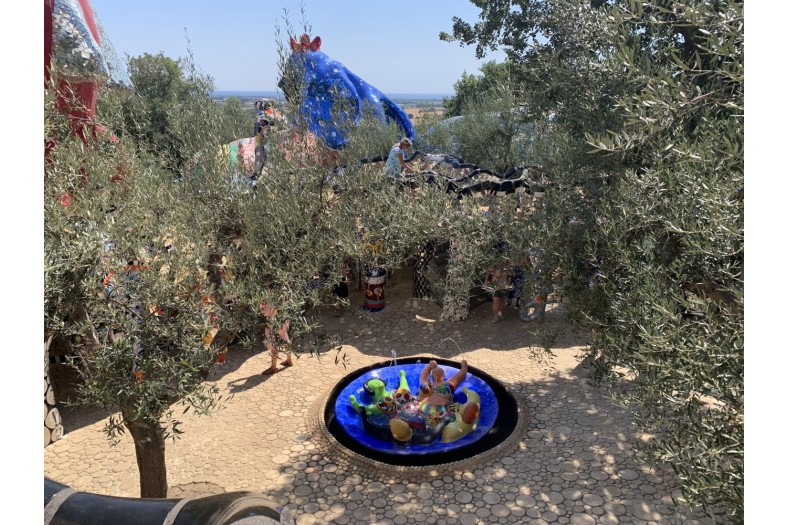
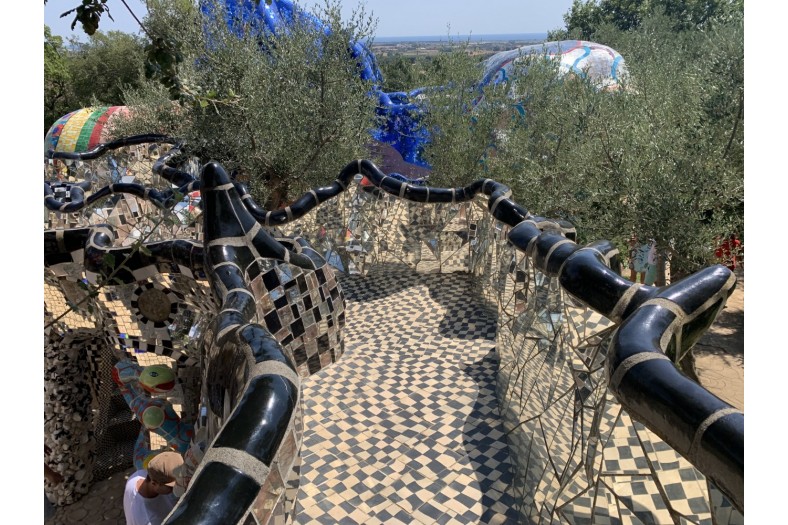
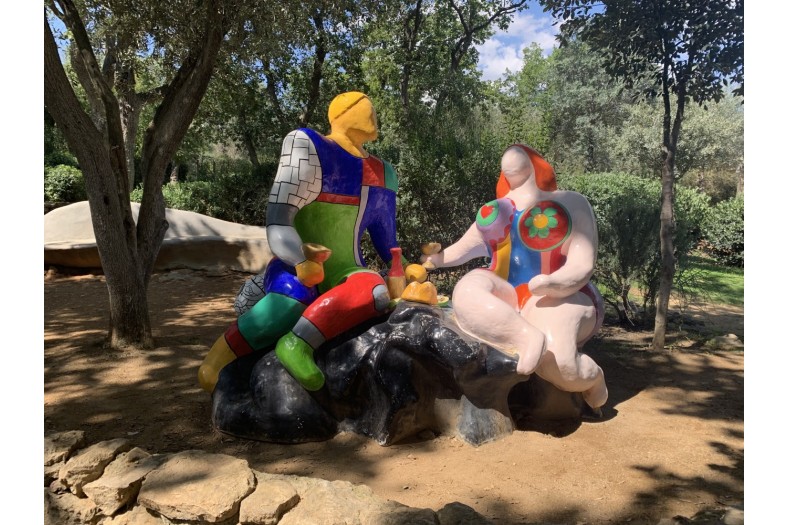
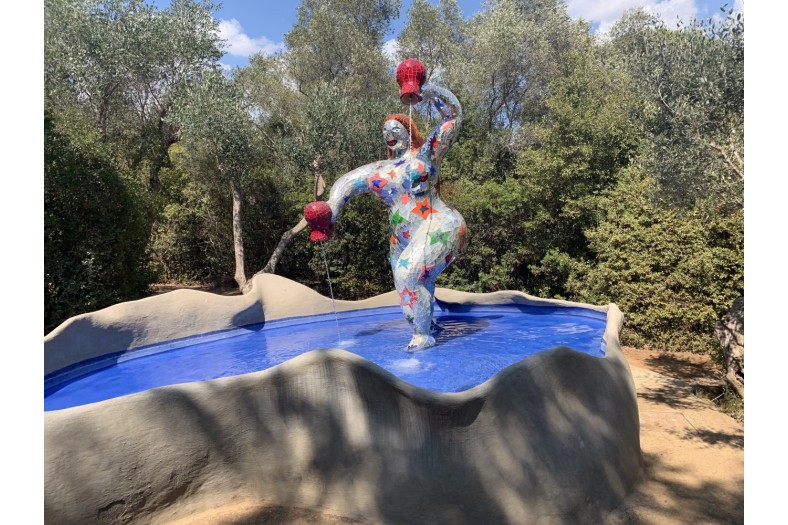
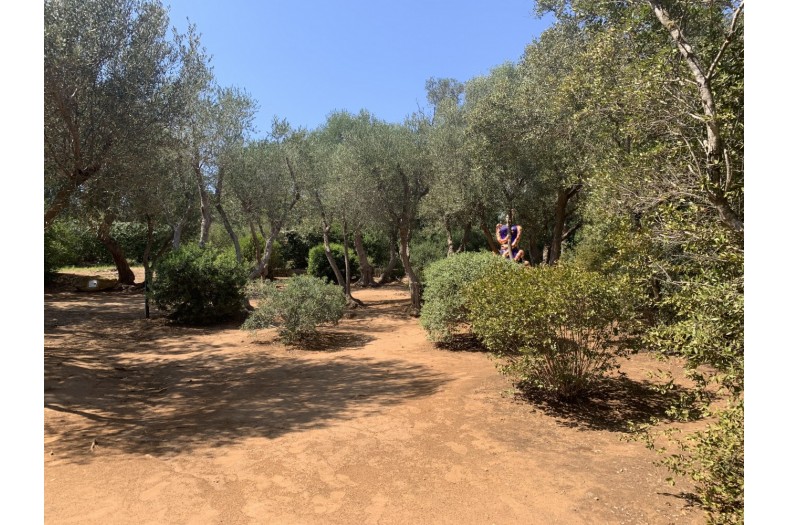
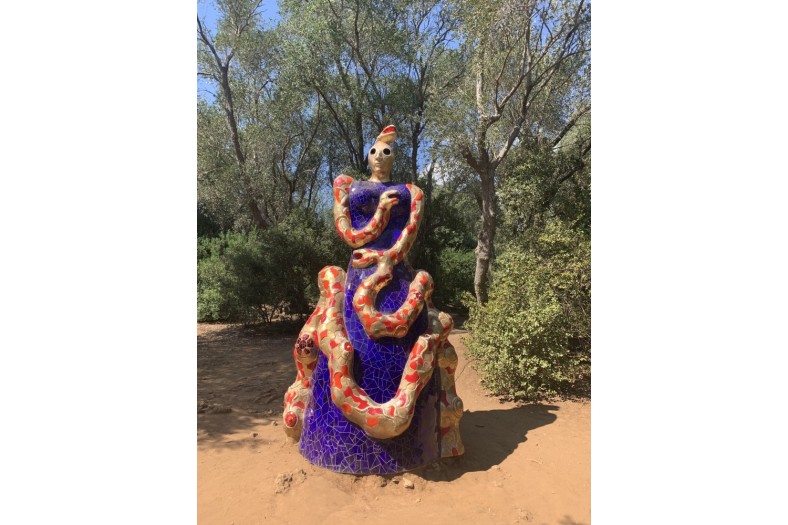
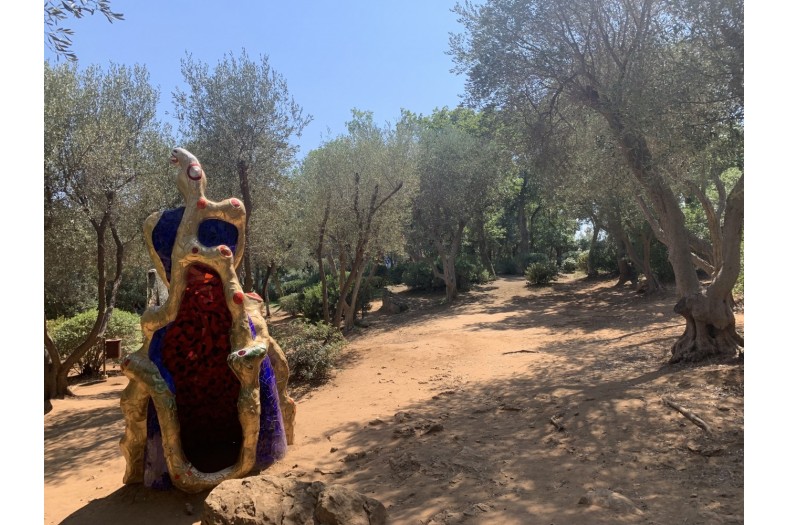
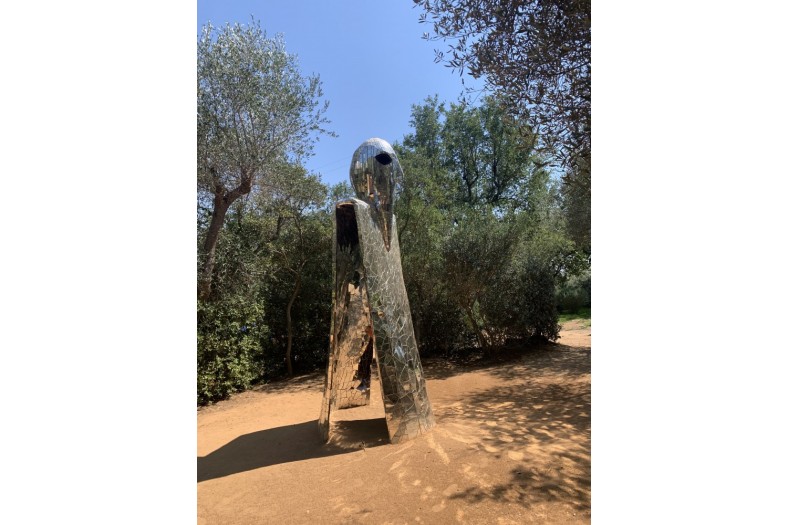
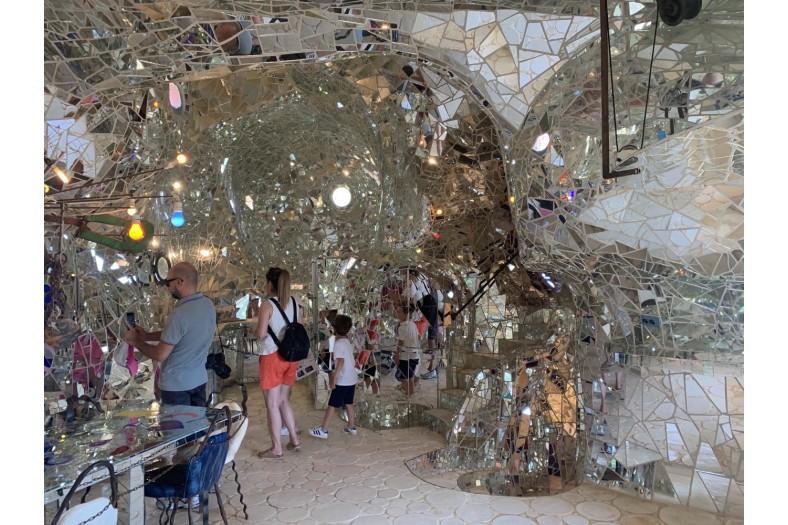
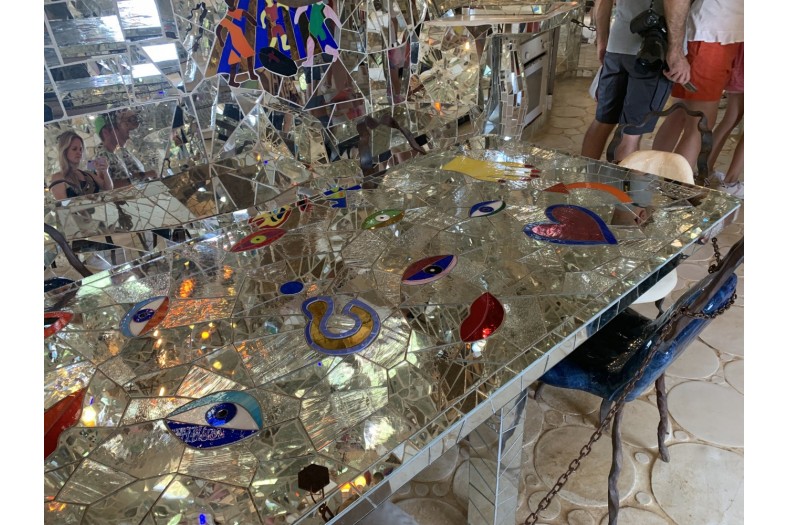
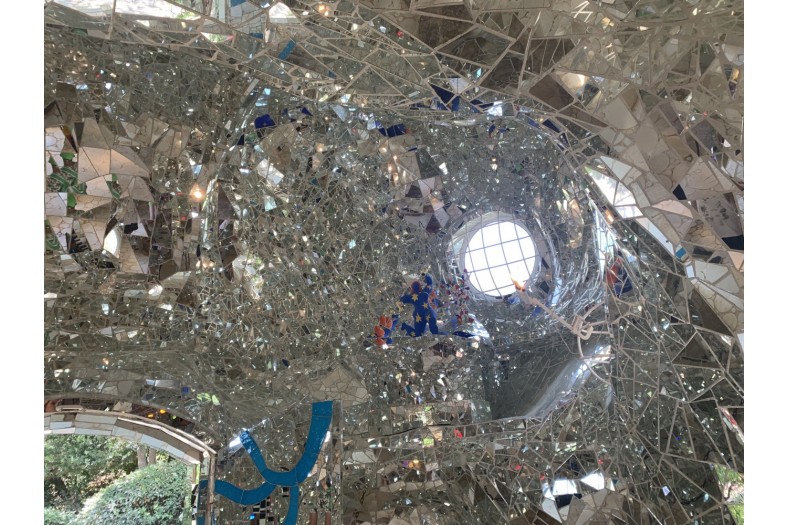
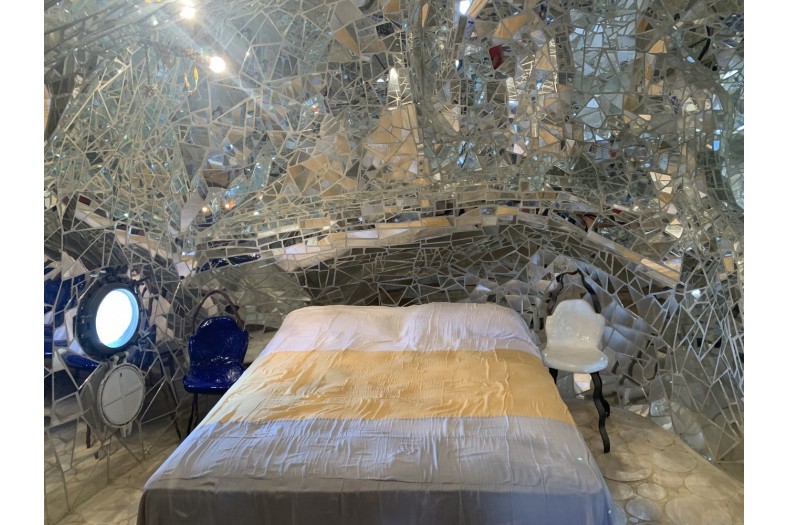
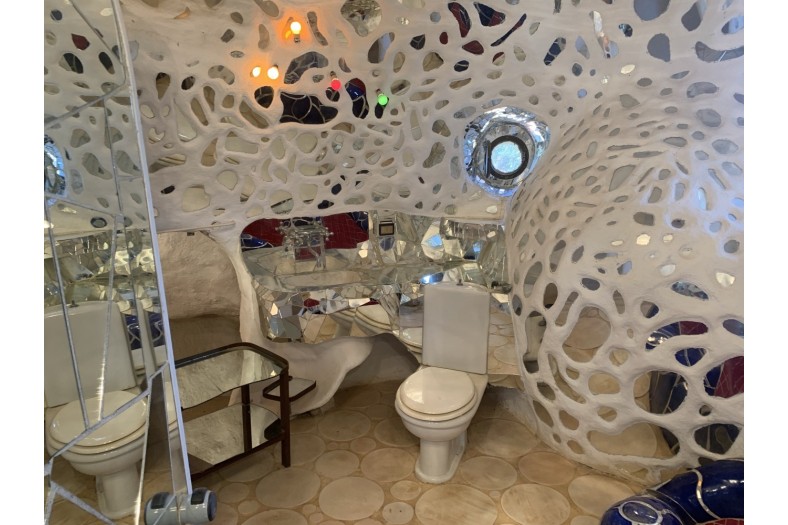
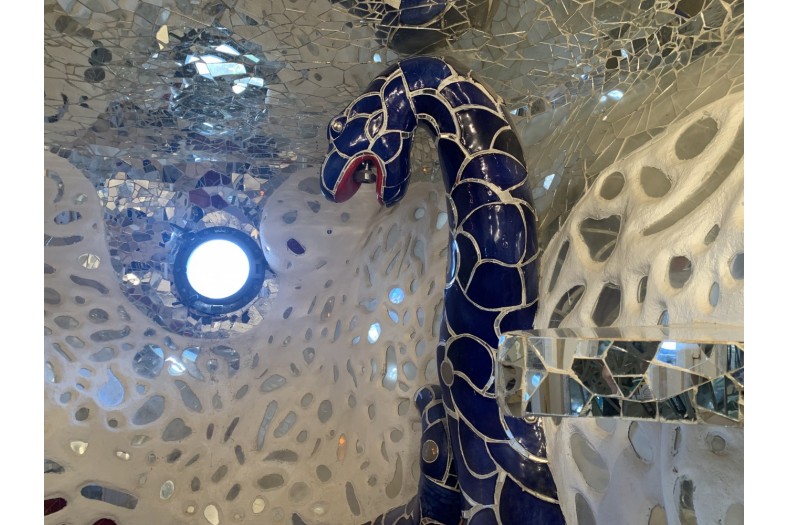
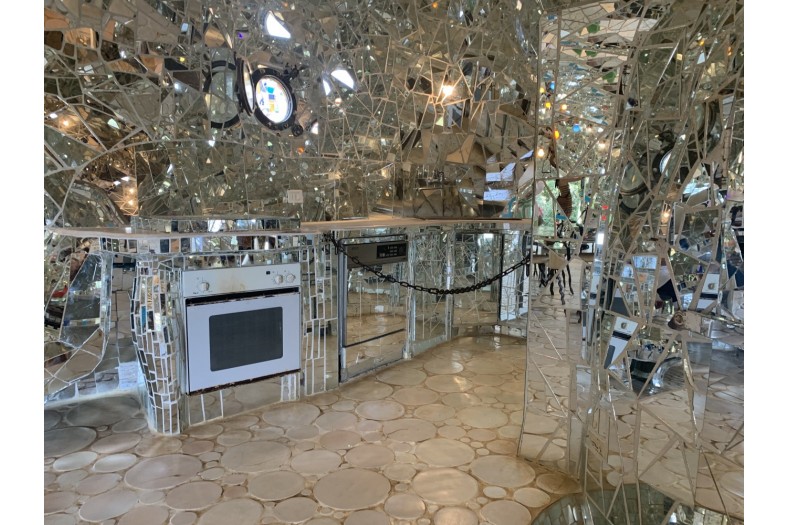
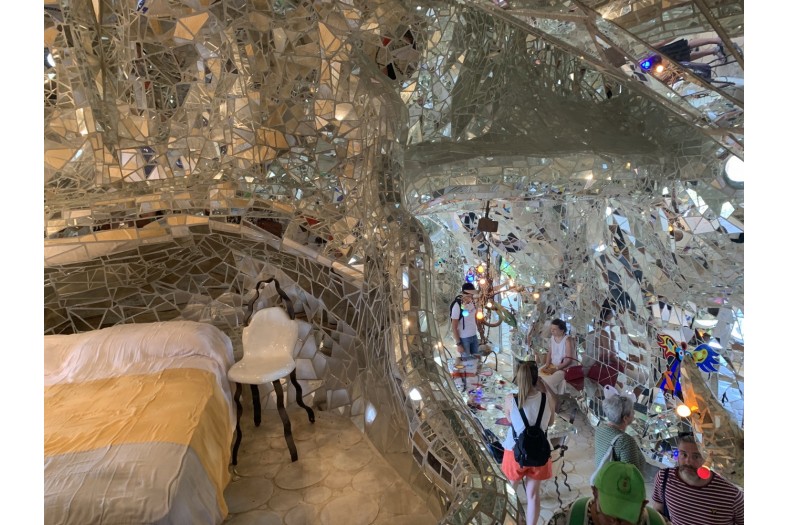
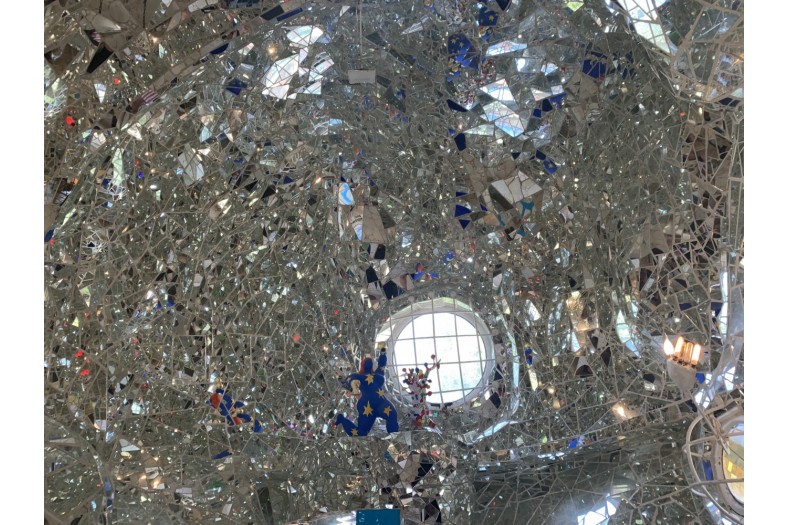
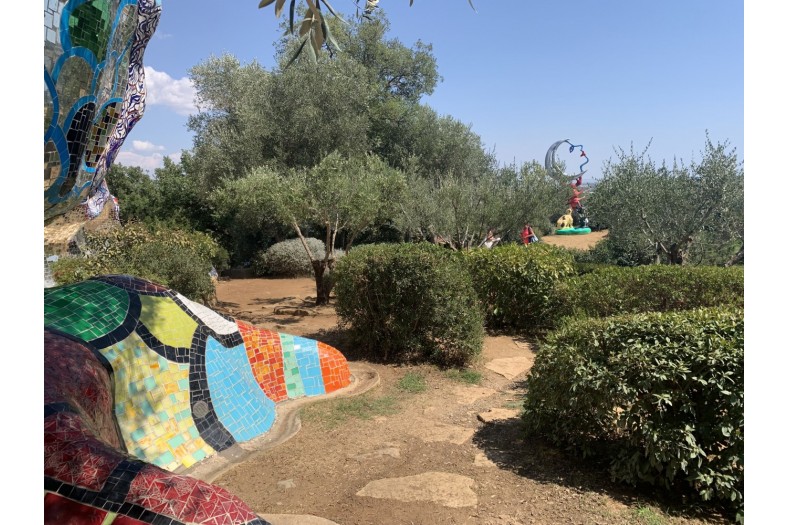
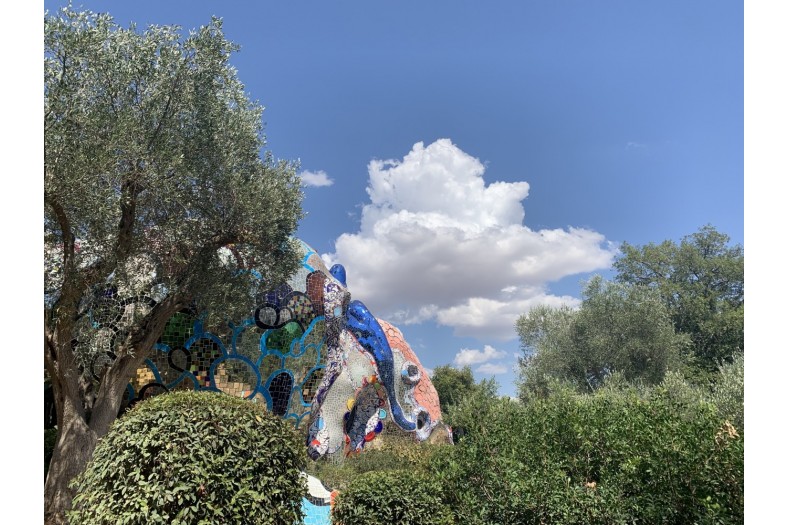
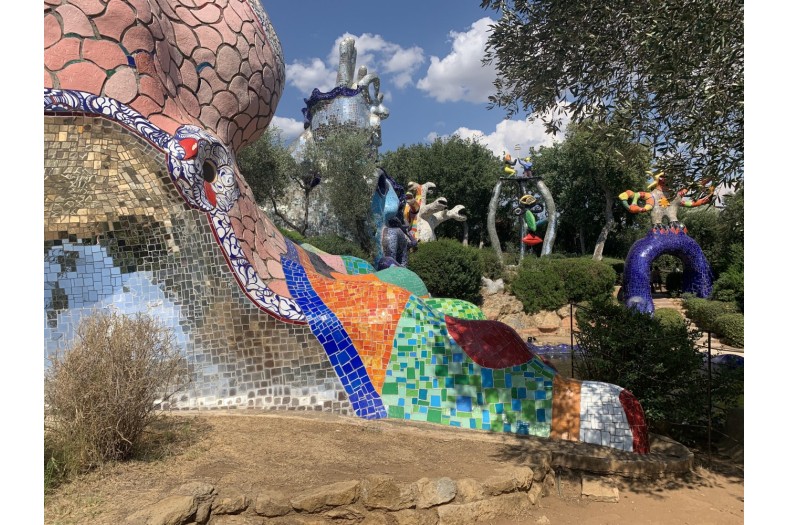
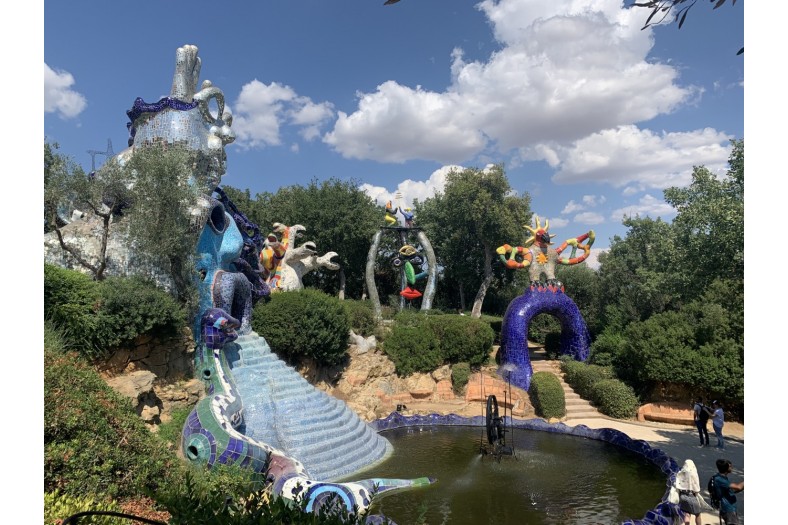
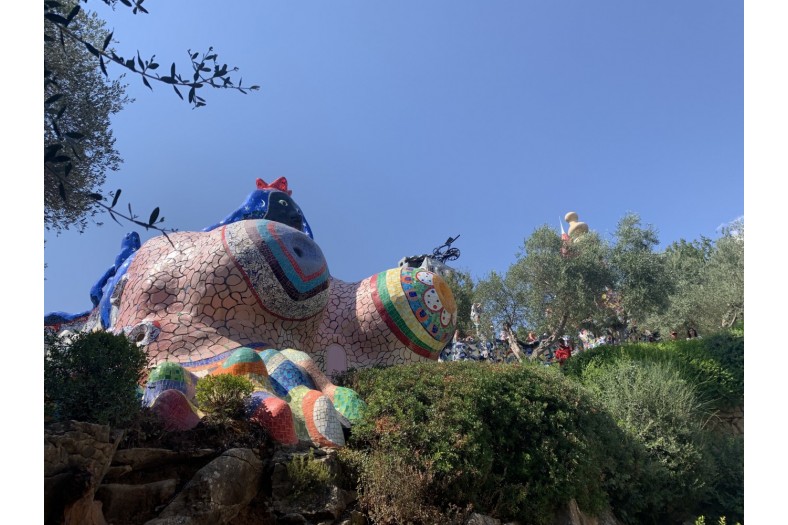
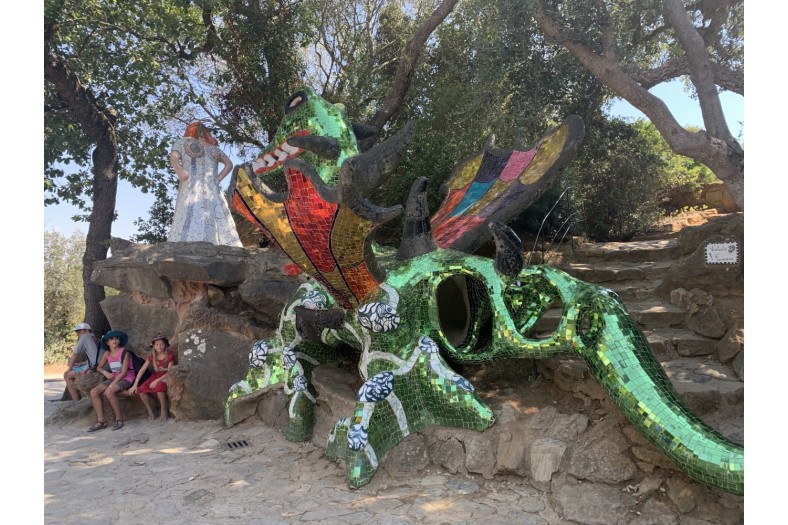
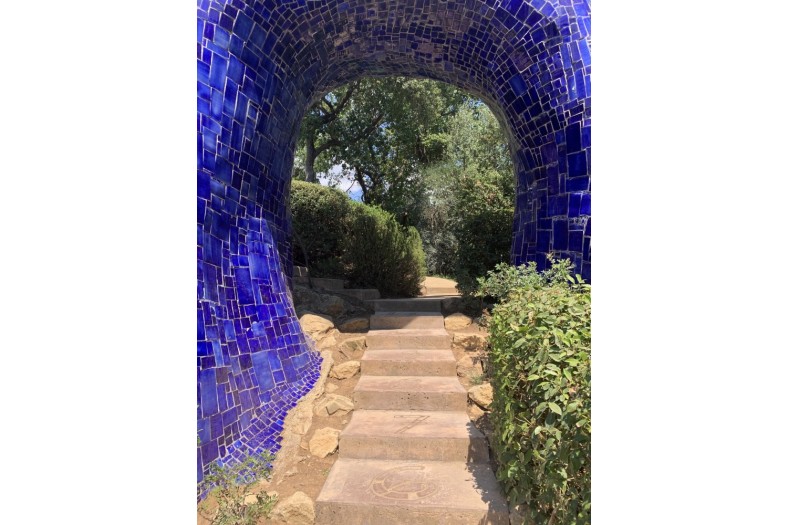
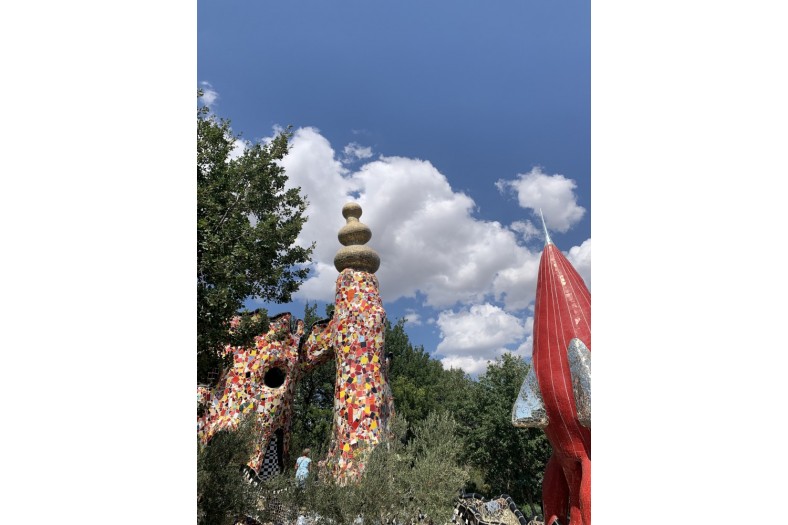
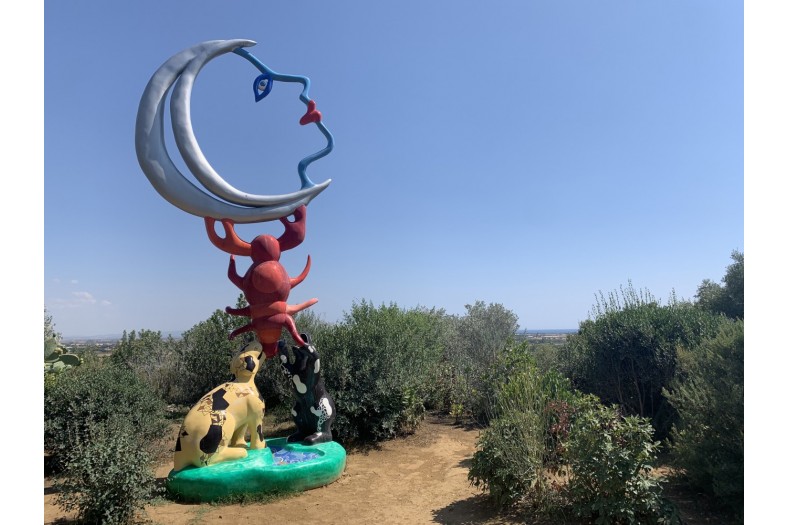
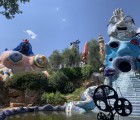
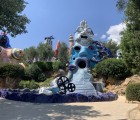

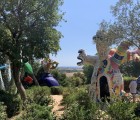

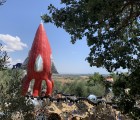
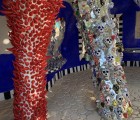


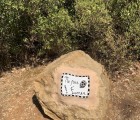
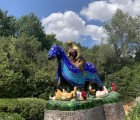

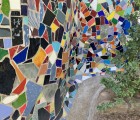
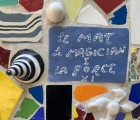
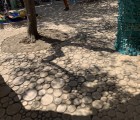
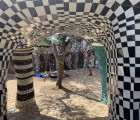
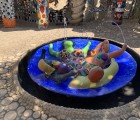
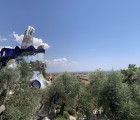
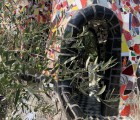
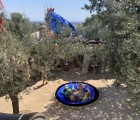
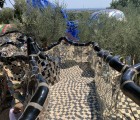
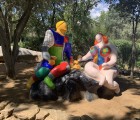
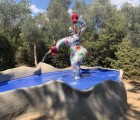
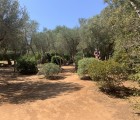
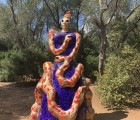
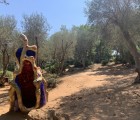
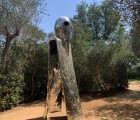
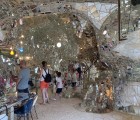
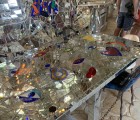
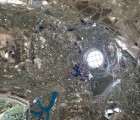
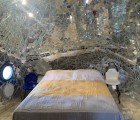
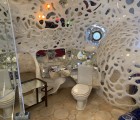
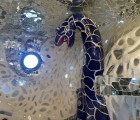
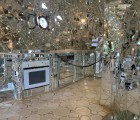

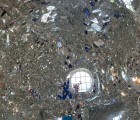
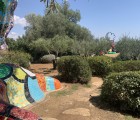
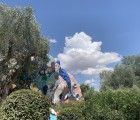
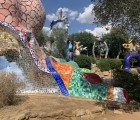

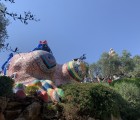
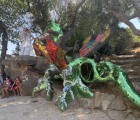

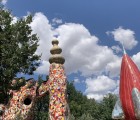
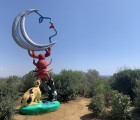

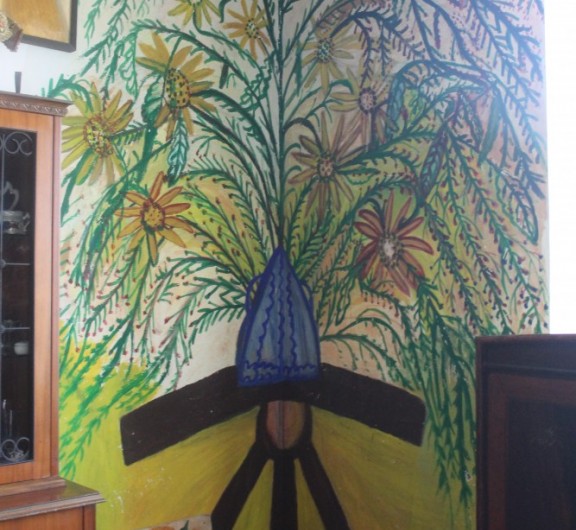

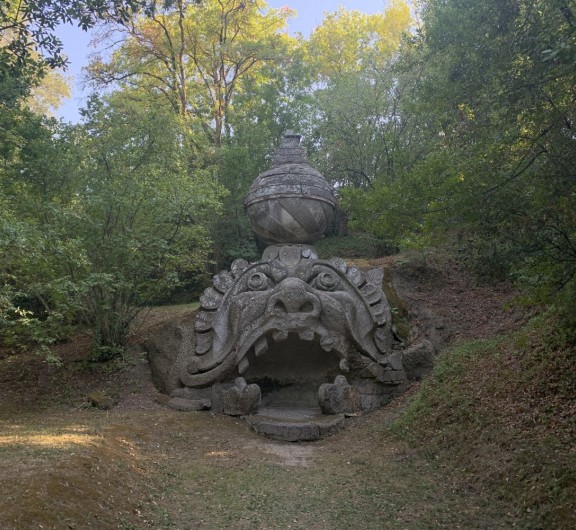

Post your comment
Comments
No one has commented on this page yet.